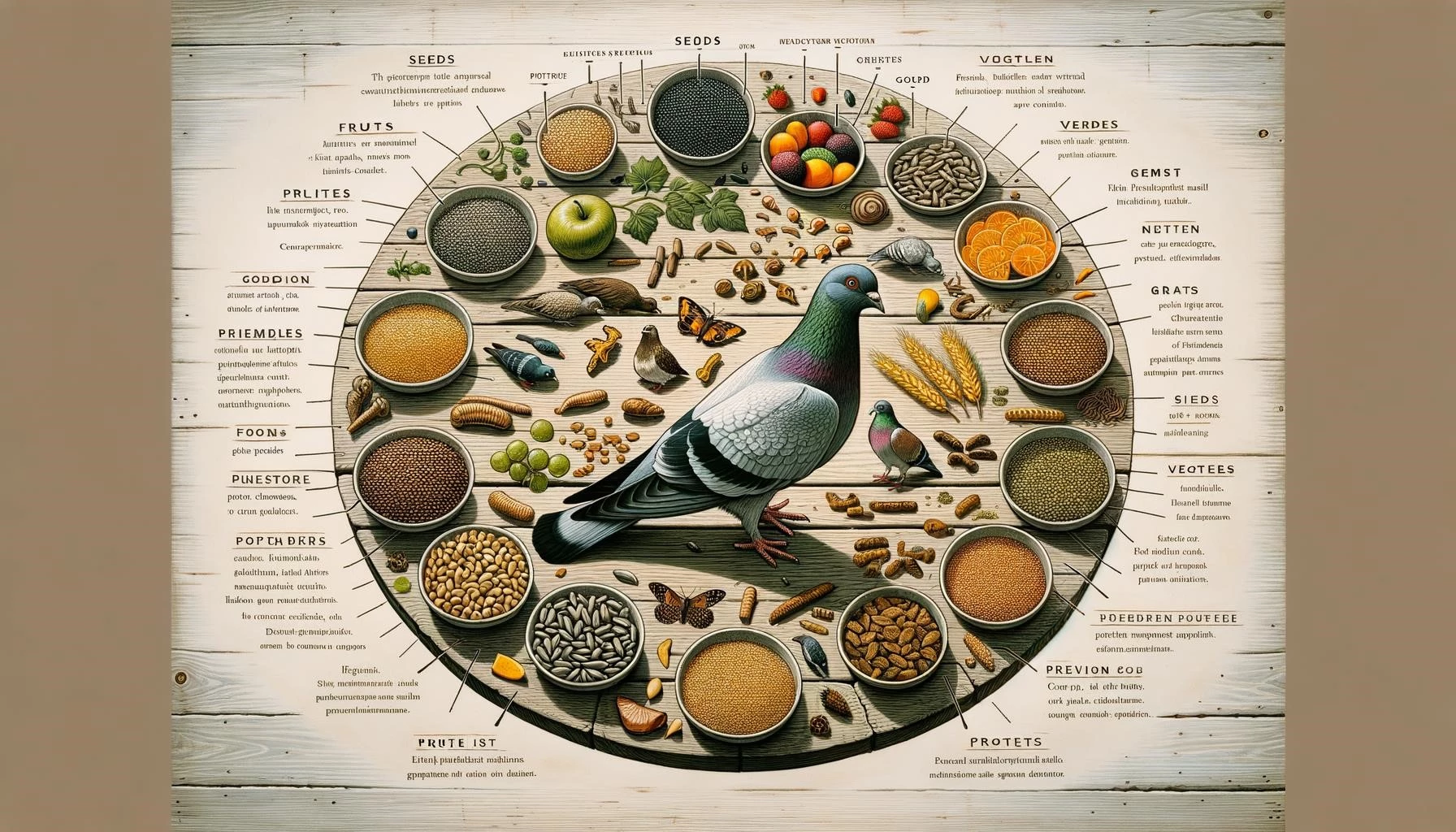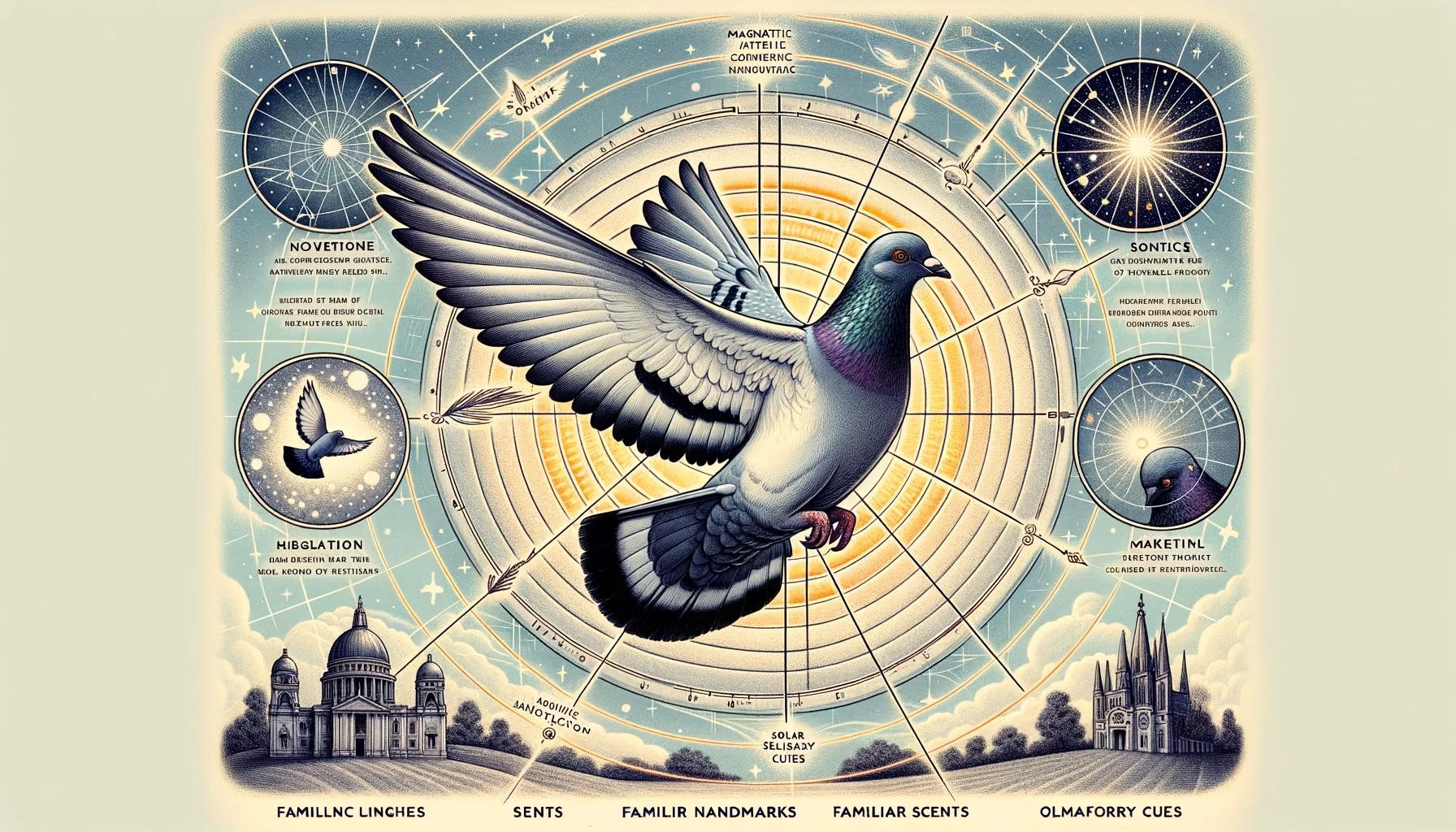Pigeons, specifically the domestic pigeon (Columba livia domestica), are known for their impressive homing abilities. They can navigate and find their way back home from unfamiliar locations, even over long distances. This ability has fascinated scientists for decades, leading to extensive research on the cues that pigeons use for migration.
Key Takeaways
- Pigeons are domesticated birds known for their exceptional homing abilities.
- They can navigate and find their way back home from unfamiliar locations, even over long distances.
- Pigeons use a combination of various cues such as magnetic fields, solar and celestial positions, landmarks, and olfactory cues for navigation.
- Understanding the migration cues of pigeons can provide valuable insights into bird navigation and orientation.
Magnetic Fields and Solar Navigation
Pigeons are believed to possess magnetoreception, the ability to detect and use Earth’s magnetic field as a navigational aid. They have magnetite particles in their beak and upper beak, which may provide them with a sense of direction and help them orient themselves. By sensing the Earth’s magnetic field, pigeons can determine their heading and maintain a straight course during migration.
Along with magnetic fields, pigeons also rely on solar navigation. They can detect the position of the sun and use it as a reference point for navigation. By constantly monitoring the position of the sun during their flight, pigeons can maintain their direction and adjust their flight path accordingly.
Celestial Navigation and Landmarks
In addition to magnetic fields and solar navigation, pigeons are also known to use celestial cues for migration. They can detect and use the positions of stars and celestial bodies as navigational references. By analyzing the celestial cues, pigeons can determine their position relative to their desired destination and adjust their flight path accordingly.
Furthermore, pigeons are adept at using landmarks for navigation. They can recognize familiar landmarks such as buildings, mountains, bodies of water, and other distinctive features of the landscape. Landmarks serve as visual cues that help pigeons orient themselves and stay on track during their migration.
Olfactory Cues and Migration
Research has also shown that pigeons use olfactory cues, specifically scents or odors, for navigation during migration. They can detect and remember specific scents associated with their home or their release site. The olfactory sense plays a crucial role in homing abilities, as demonstrated by experiments where pigeons with their olfactory nerves sectioned were unable to navigate back home from unfamiliar locations.
While the exact mechanisms and specific cues used in olfactory navigation are still being studied, it is believed that pigeons may use environmental odors, wind patterns, or specific scent trails to navigate and find their way back home.
In conclusion, pigeons rely on a combination of magnetic fields, solar navigation, celestial cues, visual landmarks, and olfactory cues for migration and homing. These remarkable birds have developed multiple and sophisticated mechanisms to navigate and find their way over long distances. Understanding the cues and mechanisms behind pigeon migration can provide valuable insights into bird navigation and orientation.









